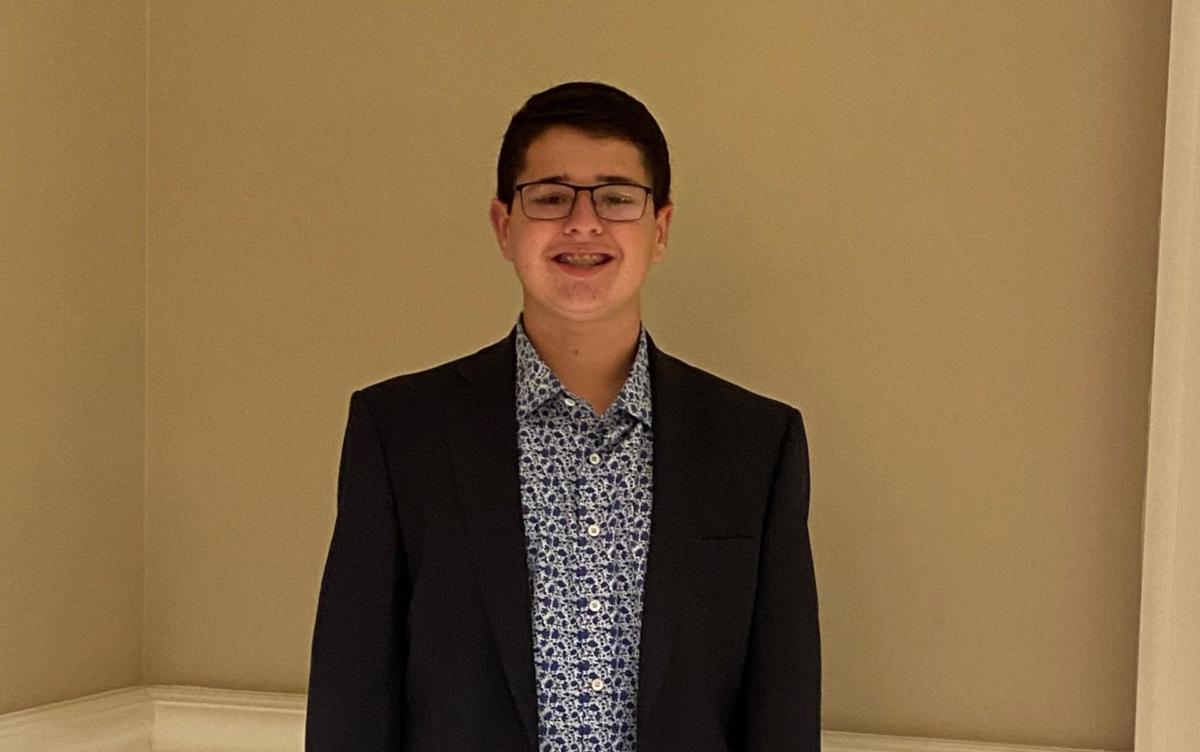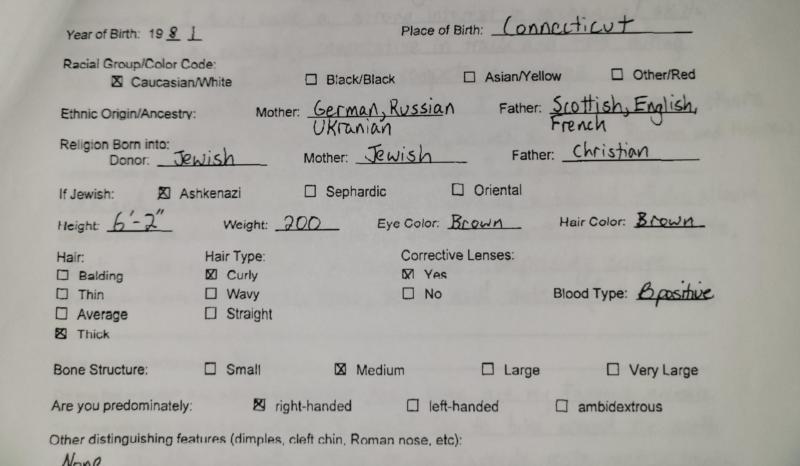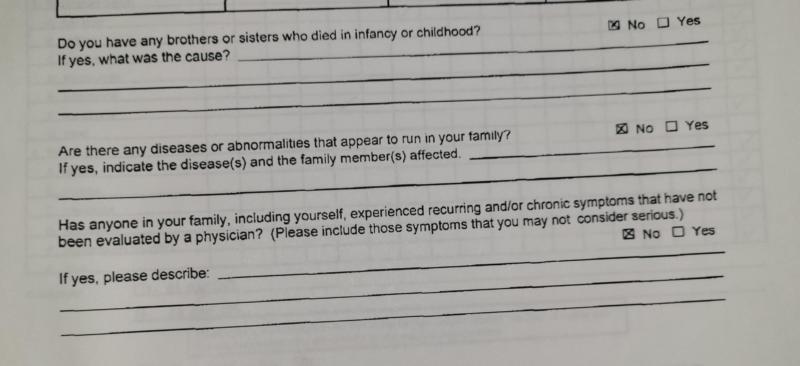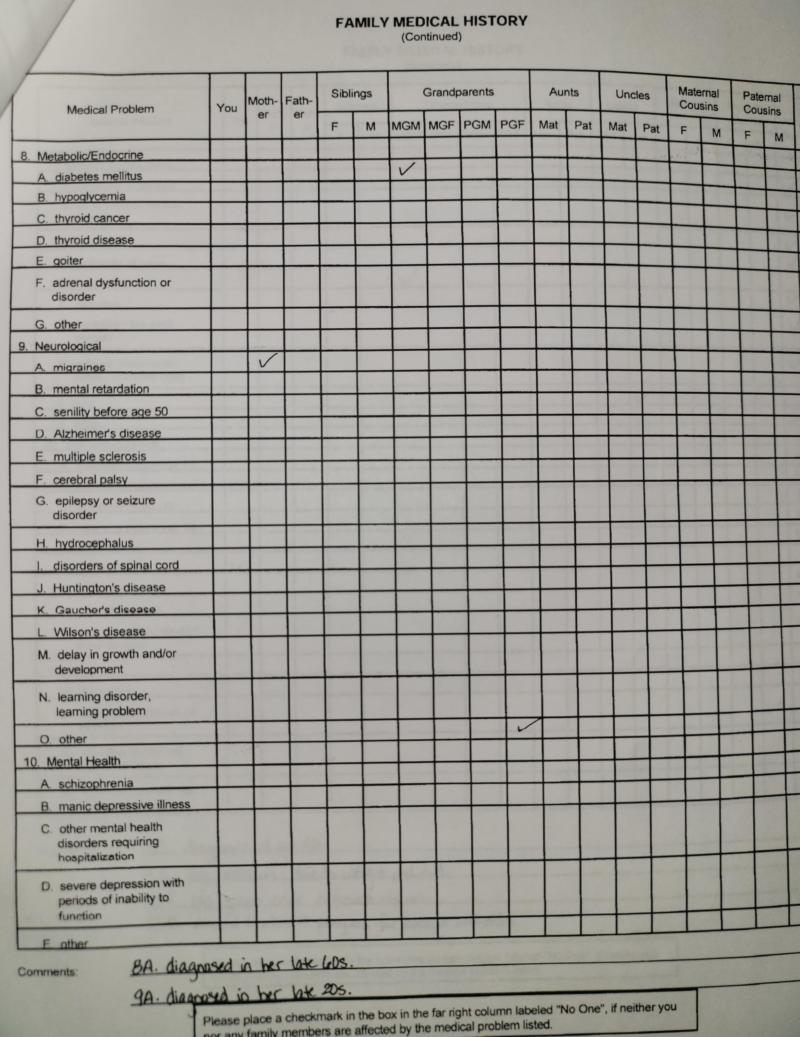
Welcome back to The Poetic Diabetic! While previous articles have focused more on how my diabetes affects me, in this issue, I wanted to pull the curtain back and talk about my home life. To put it bluntly I have two lesbian mothers. Our family is just like anyone else’s, with two parents and a child, though my step-mother (Lisa) isn’t genetically related to me in any way. My birth mother (Hilary) paid a sperm bank to artificially inseminate her. The whole process of how I was born is long and complicated, but the point is that I don’t really know anything about my “genetic father”, the elephant in the room, not even his name.
In our house, nature vs. nurture is sort of an inside joke. I assume most people are familiar with the debate, but nature vs. nurture is the debate on whether a child’s personality is impacted by nature (their genetics) or nurture (their environment). If I inhibit Hilary’s traits, like her overly driven attitude or occasional nerdy nature, that’s nature. If I show any sense of humor at all, we can chalk that up to nurture. For a while, we just figured that all my traits had originated from either my mother’s side or… my step-mother’s side. Only a little under two years ago did we find a trait that didn’t originate from either of them.
That trait came in the form of a medical diagnosis. Can you guess which one? Following the diagnosis of diabetes mellitus, my parents and I were all quite confused. Hilary’s family had no cases of Diabetes, nor did Lisa’s (it took me embarrassingly long to remember that Lisa wasn’t genetically related to me, meaning her genetic history wouldn’t apply to me). The first day, we all came up with our weird little hypotheses for why I got this illness. Maybe it was karma for having an endocrinologist as a grandfather?
A child getting diagnosed with diabetes with no family history, while possible, has less than a 1% chance of happening. If the child’s mother has diabetes, the odds increase to the range of 1% to 4% (something interesting is that the odds of an offspring being diabetic decrease as the mother ages. This is in contrast to autism which increases with a mothers age at birth). If a child’s father has a history of diabetes, that child has about a 6% chance of getting diabetes. If both the mother and father have genetic history of diabetes, the odds of their child getting diagnosed skyrocket to 25%. So, these statistics weren’t lining up. Was I so unlucky that I became the 1 out of 1000 people who get T1D for no real reason? At some point, we remembered “Oh yeah, the sperm donor exists”, and started to put together the pieces.
One of the unique benefits of my mother buying from a sperm bank is that she basically got to “design” my genetics by choosing the sperm donor (the elephant). He was 6’2”, 200 pounds with brown hair and brown eyes. He was half Russian Jewish on his mother’s side and half Scottish/English on his father’s side. He had a GPA of 3.8 in high school and 3.5 in college. His major was biology. He was a musician and was currently recording his second album at the time of purchase. He enjoyed creative writing and composing songs. He had a 710 verbal and 660 math SAT scores. The details were all right there in the print-out my mom paid for to choose my genes. I can attribute my joy of music, one of my defining attributes in all honesty, to him. I have brown eyes like the donor rather than hazel like my mom. I could go on and on.
But what about diabetes? California Cryobank provided a whole section on the donor’s Family Medical History. Next to the critical question “Are there any diseases or abnormalities that appear to run in your family” the No box had a neat x marked in it. When my mother first read through the sheet, she saw that x and didn’t think much of it. When we checked Family Medical History all those years later to search for the origins of my diabetes, we came across the line items for section 8. Metabolic / Endocrine, line item A. diabetes mellitus, the fancy name for Type 1. Across the top columns are
You Mother/Fathers Siblings Grandparent: MGM MGF PGM PGF. The line item diabetes mellitus, MGM was checked off. This interpretation is quite clear, my “great grandmother”, the mother of my mother’s “ genetic father” had type 1. So on my elephant’s side there was a history of Type 1. I wonder if the elephant had type 1 and didn’t admit, or maybe he was going to get type 1 later. After all he probably was only about 23 when he donated his sperm. Who knows?.
We had been in contact with 16 other “half-sibs” through the donor registry before this, though the diagnosis gave us a new reason to reach out. It seems that out of the 17 of us, 3 of us had T1D. That’s about a 17% chance of his children developing the disease. Finding this out, I wasn’t sure how to react. Should I be angry at the sperm donor for possibly filling out the form incorrectly, or my mother for not reading the entire form closely? Regardless, it’s all in the past, and dwelling on it won’t fix anything. I guess that’s everything.
From one diabetic to another, see you during the next blog.
*This story has been shared with the permission of a parent*


